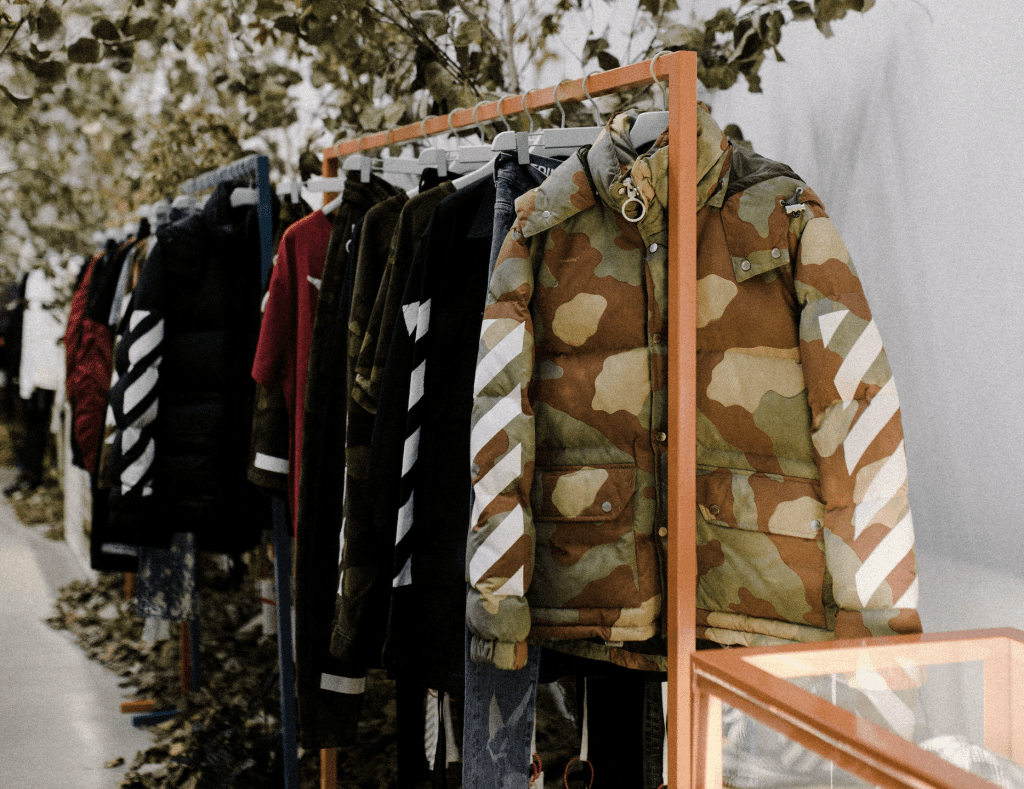Consumer prices soared in October 2021 and are now up 6.2 percent from a year earlier – higher than most economists’ estimates and the fastest increase in more than three decades. At this point, that may be no surprise to most Americans, who are seeing higher prices while shopping for sneakers and Chanel bags, dining at restaurants, and pumping fuel in their cars.
As prices continue to rise, one of the big debates underway among economists, government officials like Treasury Secretary Janet Yellen, and other observers, is whether these soaring costs are transitory or permanent. The Federal Reserve, which would be responsible for fighting inflation if it stays too high for too long, insisted again on November 3, 2021, that it will be temporary, in large part because it is tied to the supply chain mess bedeviling economies, companies, and consumers.
Not everyone agrees, though – including some within the Fed itself – and there has been a growing chorus of economists, strategists and executives sounding the alarm that high inflation will likely be with us well into 2022 and beyond. The reality is that prices are surging largely because of the severe shortages of both goods and labor in supply chains. However, that does not mean it will be temporary, and rather, it suggests that inflation is here to stay.
Demand is up
Inflation began to soar in early 2021 and has been hovering at above 5 percent or so, year-over-year, since May. That is more than double the 2 percent pace that the Fed has set as a target. The reasons prices are rising are complex and many. But one of the most important relates to the dynamic of supply and demand. And both are to blame.
Let us start with demand. Even though early in the pandemic consumer demand dropped as people hunkered down amid lockdowns and unemployment skyrocketed, it has soared over the past year – not for services like restaurants and travel, but for goods, mostly ordered online. E-commerce activity has simply mushroomed to levels that never existed before the pandemic. Demand for products has significantly outstripped the market’s capacity to produce or ship what is ordered. Some people are not even going to the supermarket, hardware store or restaurant anymore because they can do all their ordering online.
Many retailers, such as Macy’s, Target and others, have had to navigate this economy with scarce inventories and higher freight costs to stay alive during the pandemic.
At the same time, these trends have created more demand than delivery carriers can accommodate, thereby, stretching their ability to deliver products. For example, the holiday shopping season is predicted to have 4.7 million packages a day beyond what the system can possibly absorb or deliver. Storing these packages for even a short period is expensive. Given that there is great difficulty finding drivers, containers. and labor across industries, big retailers like Amazon are offering generous education and other benefits to both attract and keep employees on hand as a means of adding capacity. All these added costs – to hire, store, and deliver – are usually passed on to consumers.
Supply is down & Consumer prices are up
At the same time, supply chains remain a mess – and are only getting worse. Bottlenecks have piled up all across Asia, putting great strains on the capacity of supply chains to deliver in a timely fashion. And severe global shortages of drivers and other workers are making it difficult to expand capacity or fix other problems plaguing the supply chains. This creates a shortage of products getting through that limit competition, causing price increases.
There are dozens of huge container ships continually idling near ports around the world, including in Los Angeles and New York, which is tying up large quantities of merchandise waiting to be unloaded. There are over 500,000 shipping containers with about 12 million metric tons of goods near Southern California, alone.
Ports have tried to lengthen their operating hours – U.S. President Joe Biden has made it a key issue and plans to spend billions of dollars fixing the problems – but there are not enough workers and drivers to unload the cargo. These delays cost money, as businesses choose then to carry more inventory, which they pass on to customers.
Nike, which largely depends on Vietnam for much of its shoe production, is a noteworthy illustration. The Beaverton, Oregon-based sportswear giant lost 10 weeks of production because of lockdowns within that country. And it is taking an average of 80 days to get shoes from Asia to retailers in North America – twice as long as before the pandemic. As a result, shoe prices are soaring like everything else; in September, shoe prices were up by 6.5 percent year-over-year, according to data from the U.S. Bureau of Labor Statistics.
Or consider Malouf, a Utah-based furniture retailer, which reports that it has only 55 percent of its normal inventory on hand because of freight delays. Beyond that, cars are getting stuck in garages because of the shortage of spare parts, and gas prices have soared. Meanwhile, living room, kitchen and dining room furniture prices are up 13.1 percent from a year ago, and women’s dresses are 9.2 percent more expensive than this time last year.
And still yet, another way to think about the state of things is to examine one single product: Bullfrog Spa’s M9 hot tub. It requires 1,850 separate parts. Supply chain disruptions have pushed manufacturing time from a mere six weeks to a whopping six months. There is no industry unaffected.
There is no easy fix
In other words, there is no immediate end to the supply chain problems. Consumer demand is only going to increase through the holiday season and beyond, and that is why inflation is not going away anytime soon. Corporate executives – who in many ways will determine whether prices keep rising at a fast clip – are already warning that all of these challenges are going to continue into 2022 at the earliest. Some say the problems will extend into 2023 as well.
Economists surveyed by Bloomberg in October expect inflation to slow to 3.4 percent next summer and hit 2.6 percent by the end of the year. While that would be encouraging, it is still well above the pre-pandemic average of 1.8 percent and outside the Fed’s target. It is unclear whether economists are recalibrating their expectations after the October Consumer Price Index report. Regardless, consumers should get used to the higher prices. They are the new normal.
Craig Austin is an Assistant Teaching Professor of Logistics & Supply Chain Management at Florida International University. (This article was initially published by the Conversation.)











